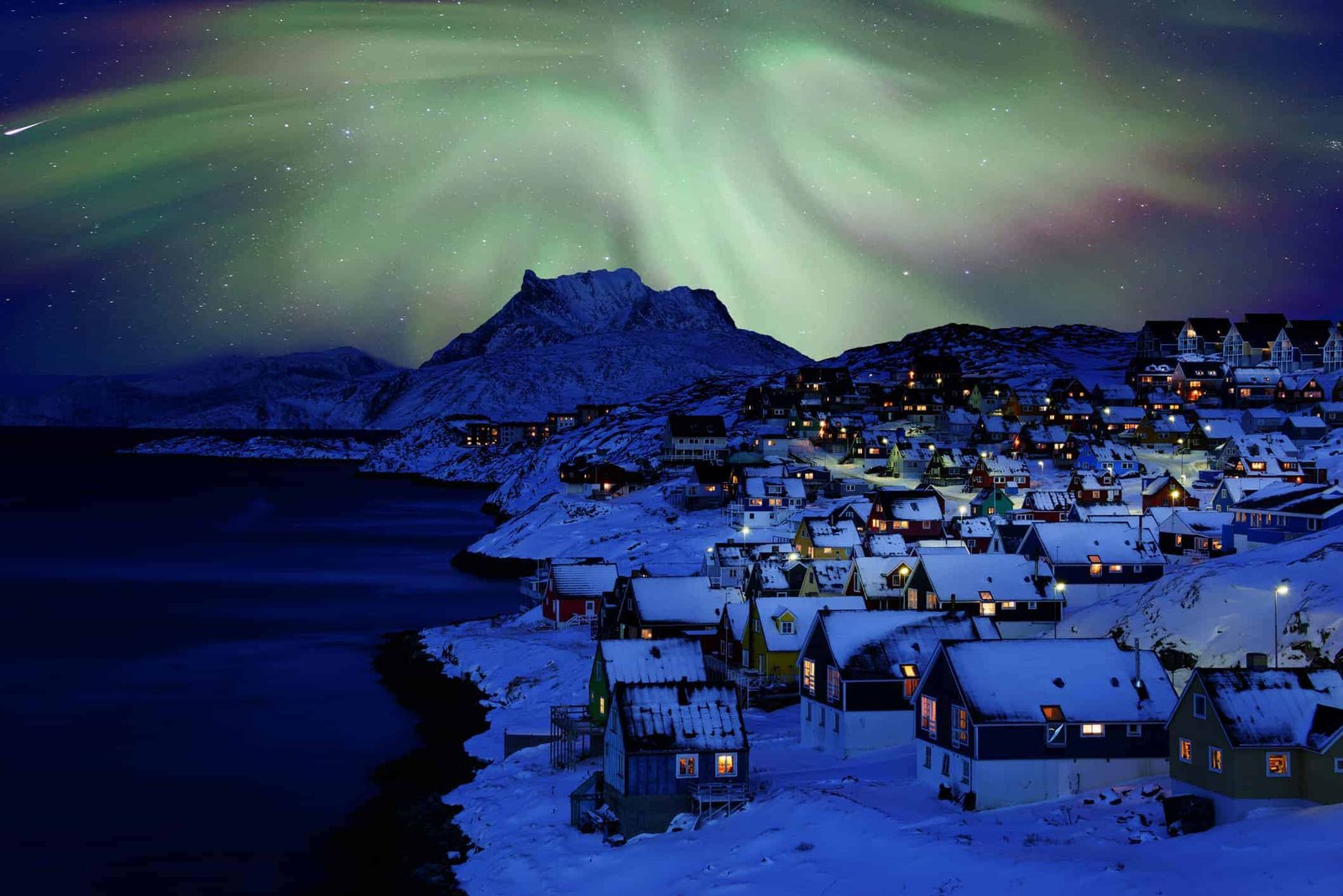Introduction
Greenland, the world’s largest non-continental island, is a fascinating land of untamed wilderness, rich history, and vibrant culture. Situated between the Arctic and Atlantic Oceans, Greenland’s unique geographical location has shaped its history, religion, culture, and cuisine over the centuries. In this article, we will delve into the extraordinary aspects that make Greenland a truly special place, exploring its historical journey, religious beliefs, cultural heritage, and mouthwatering cuisine that captivate both locals and visitors alike.
Historical Significance
Greenland’s history is closely intertwined with the Inuit people, who are believed to have migrated from North America to the island around 2500 BC. The Thule culture, an ancient Inuit culture, emerged around 1000 AD and thrived in Greenland for centuries. European exploration of Greenland began with the arrival of Norse Vikings in the 10th century. Erik the Red, a prominent Viking explorer, established the first Norse settlement in Greenland, known as Brattahlíð, in 985 AD.
Greenland’s connection with Scandinavia remained strong for centuries, and its history saw various Norse settlements established along the southwestern coast. However, the decline of these settlements came about due to harsh climatic conditions and deteriorating trade links with Europe. By the 15th century, Greenland’s Norse communities had vanished, leaving behind a significant archaeological heritage.
Religious and Spiritual Beliefs
Greenland’s religious landscape is characterized by a fascinating blend of traditional Inuit spirituality and Christian beliefs. Before the arrival of Christianity, the Inuit people practiced animism, believing in the spiritual essence of natural elements and animals. They worshiped spirits, ancestors, and mythical beings to ensure harmony with their environment.
With the spread of Christianity, particularly by Danish and Norwegian missionaries, the Inuit gradually embraced Christianity while preserving elements of their original belief system. Today, Greenland’s predominant religion is Protestant Christianity, with the Lutheran Church being the largest denomination. Despite this, many Greenlanders continue to maintain a strong connection to their ancestral beliefs, enriching the spiritual fabric of the society.
Cultural Heritage
Greenland’s cultural heritage is deeply rooted in the traditions, customs, and arts of the Inuit people. One of the most remarkable aspects of Greenlandic culture is its artistic expressions, especially through stone and bone carvings. These intricate carvings often depict themes from nature, hunting scenes, and mythical beings, showcasing the artistic prowess of the local craftsmen.
Traditional clothing, often made from sealskin or caribou fur, remains an essential part of Greenlandic culture, both for practical purposes in the Arctic climate and as a representation of their heritage. The national costume, known as “kalaallisut,” varies across regions and is adorned with colorful embroideries, signifying the wearer’s cultural identity.
Festivals and Celebrations
Greenland’s calendar is dotted with vibrant festivals and celebrations that showcase the exuberance of its culture. One of the most significant festivals is the National Day on June 21st, which marks Greenland’s self-governance. This day is celebrated with colorful parades, traditional dances, and community gatherings throughout the island.
Another notable festival is the Inuit Circumpolar Council’s Circumpolar World Championship Dog Sled Race, held every two years, drawing participants and spectators from across the Arctic region. This event celebrates the cultural significance of dog sledding, a traditional mode of transport and hunting in Greenland’s icy terrain.
Cuisine
Greenlandic cuisine is a reflection of its Arctic location and the availability of natural resources. The traditional diet primarily consists of seafood, including fish, seal, whale, and shrimp. Dishes like “Mattak,” made from the thick layer of whale skin and blubber, are delicacies often served during special occasions and gatherings.
“Harp Seal Soup” is another traditional dish, made from seal meat, onions, potatoes, and sometimes rice. It’s a hearty and nourishing meal, providing sustenance during the harsh winters. Additionally, “Kiviak,” a unique Greenlandic specialty, involves fermenting small auks (birds) in the body of a seal, creating a pungent delicacy enjoyed by locals.
Due to the island’s remote location, traditional methods of food preservation, such as drying and fermenting, have been essential for sustaining communities during the long winter months. However, with increased globalization and the influx of tourists, modern restaurants in Greenland now offer a mix of traditional dishes and international cuisine, catering to diverse tastes.
Conclusion
Greenland’s history, culture, and cuisine create a tapestry of human resilience and adaptability in the face of challenging environmental conditions. The Inuit people’s heritage, intertwined with the influences of Norse exploration and Danish colonization, have given rise to a distinct Greenlandic identity that celebrates its traditions and embraces modernity.
As the world continues to change, Greenland remains a treasure trove of unique experiences, inviting travelers and researchers to explore its majestic landscapes and learn from the rich tapestry of its past and present.

